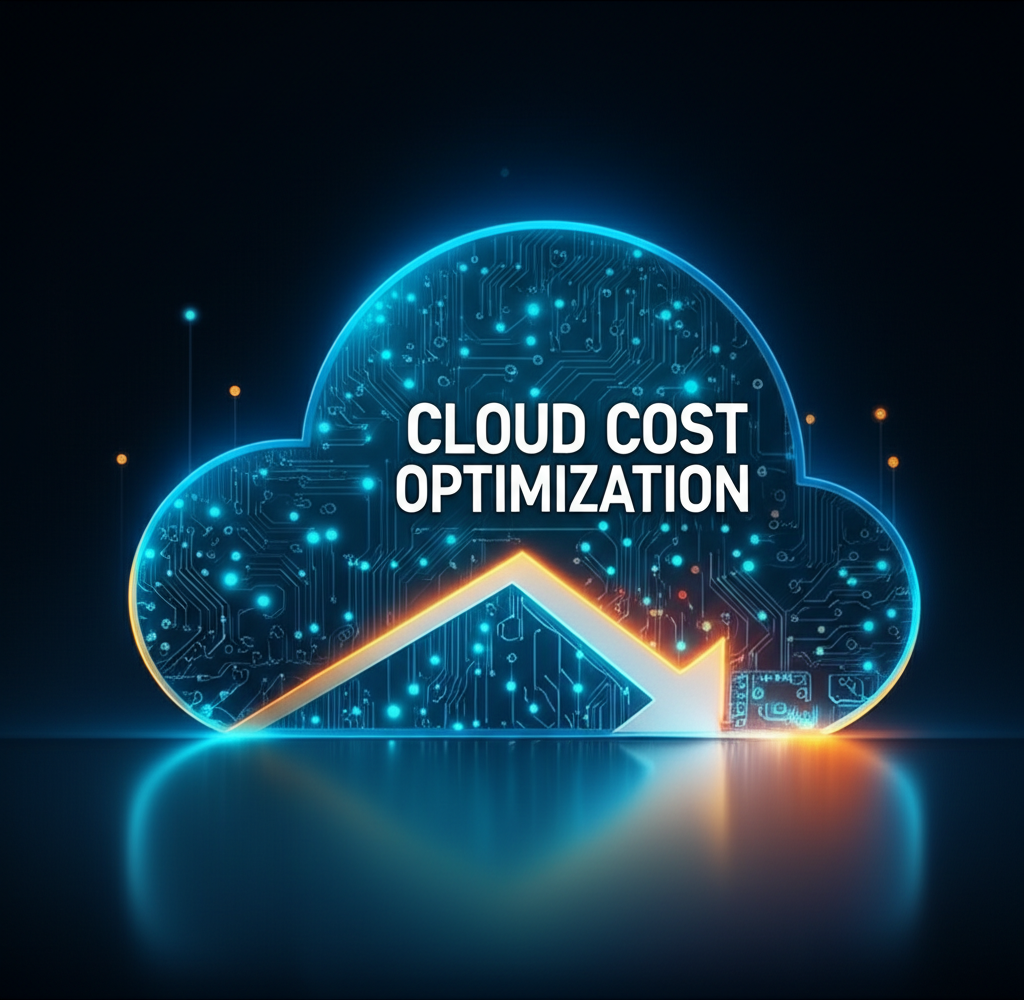Cloud computing has revolutionized how businesses operate, offering unprecedented flexibility and scalability. However, without proper management, cloud costs can quickly spiral out of control. In this article, we'll explore ten proven strategies to optimize your cloud spending without sacrificing performance or reliability.
1. Right-size your resources
One of the most effective ways to reduce cloud costs is to ensure you're using appropriately sized resources for your workloads. Many organizations over-provision their resources, paying for capacity they never use. Regularly analyze your usage patterns and adjust your resource allocations accordingly.
Consider implementing auto-scaling to automatically adjust resources based on demand. This ensures you have enough capacity during peak times without overpaying during periods of low activity.
2. Leverage reserved instances and savings plans
Most cloud providers offer significant discounts for committing to use a certain amount of resources over a period of time. These commitments, often called reserved instances or savings plans, can reduce your costs by up to 72% compared to on-demand pricing.
Analyze your usage patterns to identify stable, predictable workloads that are good candidates for reserved instances. For more variable workloads, consider savings plans that offer flexibility across instance families, sizes, and regions.
3. Implement automated shutdown schedules
Development, testing, and staging environments often don't need to run 24/7. Implementing automated shutdown schedules for non-production resources can significantly reduce costs. For example, shutting down resources outside of business hours can save up to 70% on those resources.
Use automation tools or built-in scheduling features to automatically start and stop resources based on your team's working hours.
4. Clean up unused resources
Orphaned resources like unattached storage volumes, idle load balancers, and outdated snapshots can silently drain your budget. Implement regular cleanup procedures to identify and remove unused resources.
Consider using automated tools that can detect and alert you about idle or underutilized resources, or even automatically clean them up based on predefined policies.
5. Optimize storage usage
Storage costs can accumulate quickly, especially for data-intensive applications. Implement lifecycle policies to automatically move infrequently accessed data to lower-cost storage tiers. Delete unnecessary data and implement retention policies to avoid storing data longer than required.
Consider using compression and deduplication techniques to reduce the amount of data you need to store.
6. Use spot instances for suitable workloads
Spot instances (or preemptible VMs) offer significant discounts compared to on-demand instances, often 60-90% cheaper. These instances are available when the cloud provider has excess capacity, but they can be reclaimed with little notice.
Spot instances are ideal for fault-tolerant, flexible workloads like batch processing, data analysis, and containerized applications that can handle interruptions.
7. Implement tagging and cost allocation
Proper tagging of resources is essential for understanding and managing cloud costs. Implement a comprehensive tagging strategy that allows you to attribute costs to specific projects, teams, or business units.
Use these tags to generate detailed cost reports and hold teams accountable for their cloud spending. This visibility often naturally leads to more cost-conscious behavior.
8. Optimize data transfer costs
Data transfer costs, especially outbound traffic, can be a significant portion of your cloud bill. Optimize your architecture to minimize unnecessary data movement between regions or out to the internet.
Consider using content delivery networks (CDNs) for frequently accessed content, and place resources in the same region as their users when possible.
9. Leverage managed services
Managed services can often be more cost-effective than building and maintaining your own solutions on virtual machines. They eliminate operational overhead and are typically optimized for efficiency.
Evaluate whether managed databases, container services, serverless computing, or other managed offerings could replace some of your self-managed infrastructure.
10. Continuously monitor and optimize
Cloud cost optimization is not a one-time effort but an ongoing process. Implement robust monitoring and regularly review your cloud spending to identify optimization opportunities.
Consider using cloud cost management tools that provide recommendations for cost savings based on your usage patterns and the latest offerings from your cloud provider.
Conclusion
Implementing these strategies can significantly reduce your cloud costs while maintaining or even improving performance and reliability. Remember that cloud cost optimization is a continuous journey that requires ongoing attention and adjustments as your workloads and the cloud landscape evolve.
By making cost optimization a part of your cloud governance strategy, you can ensure that you're getting the maximum value from your cloud investment.



